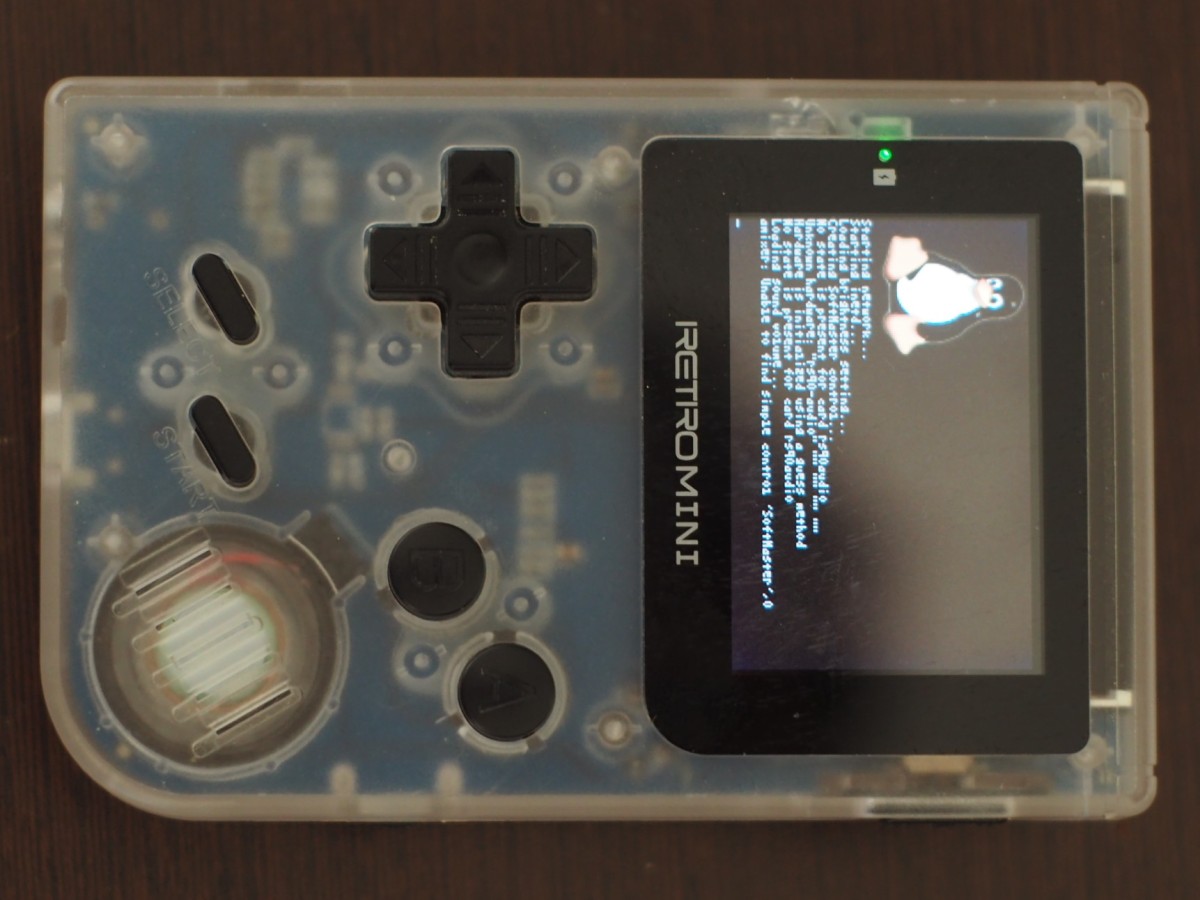OpenDingux release 2019.04.30
Hi folks,
Here is the first release of the official OpenDingux firmware for the RS-90 (RetroMini). The root FS is based on Buildroot 2019.02.1, the Linux kernel is based on 5.1-rc5.
Download links
The flasher can be downloaded here: Flasher tool download
The toolchain (for developers) can be downloaded here: Toolchain download
Additionally, for Windows users the drivers required for the flasher tool can be obtained here: Windows drivers download
All the sources can be found on the Github page of the OpenDingux project.
DISCLAIMER
Flashing OpenDingux to your RetroMini will permanently remove the native OS, all the games it contains, as well as your savegames. I cannot be held responsible for any damage that this software causes to your RetroMini device or the software it contains. Use it as your own risk.
How to flash
Attention: This flasher has been mostly tested under Linux, and it seems to be a hit-or-miss on Windows. If you cannot flash from Windows, try it from a Linux live-CD.- With the device powered OFF, connect it to your PC through USB.
- Power it ON while pressing A. If done properly, the device will now be in USB Boot mode. On Windows, to continue to the following step you will need to have the driver properly installed.
- Extract the ZIP of the flasher tool to a directory. On Linux, run flash.sh from the terminal. On Windows, double-click on flash.bat.
- The RetroMini should power up, and show the welcome notice of the flasher tool. To continue, just follow the instructions. The flash operation should take a few minutes.
- After the installation completed and the device rebooted, OpenDingux has been successfully installed.
Usage
Those who already used a handheld running the official OpenDingux firmware (Dingoo A320 or GCW Zero) will feel at home. The firmware makes uses of the GMenu2X user interface, and OPKs as the format for the applications.
- The firmware is standalone, and does not come with games nor emulators. These will need to be installed separately.
- For file transfers, you can either use a FTP software and connect to 10.1.0.2 (anonymous login). Alternatively, you can use a SSH client and connect as the od user. The default password is odrocks.
- The games or ROMs should be transferred somewhere inside the home directory or a subfolder. The OPK files must be placed inside the data/apps subfolder in order to appear in the menu.
- The firmware supports overclocking the CPU. A list of frequencies are provided, from 216 MHz to 456 MHz, but I cannot guarantee that your RetroMini will be able to overclock that much. Mine does, though. To choose the frequency at which an application should run, select it in the menu, press SELECT then Edit; the frequency can be selected through the "Clock frequency" setting. Of course, overclocking will reduce the battery life. On the other hand, underclocking will increase the battery life. The default frequency is 360 MHz.
Final words
This project represents more than four hundred hours of work just on my side, all for free. If you value my work, please consider sending me a tip via PayPal using the "Donate" button on the top-right coner of my blog (or if you're on mobile, at the bottom of the page).

